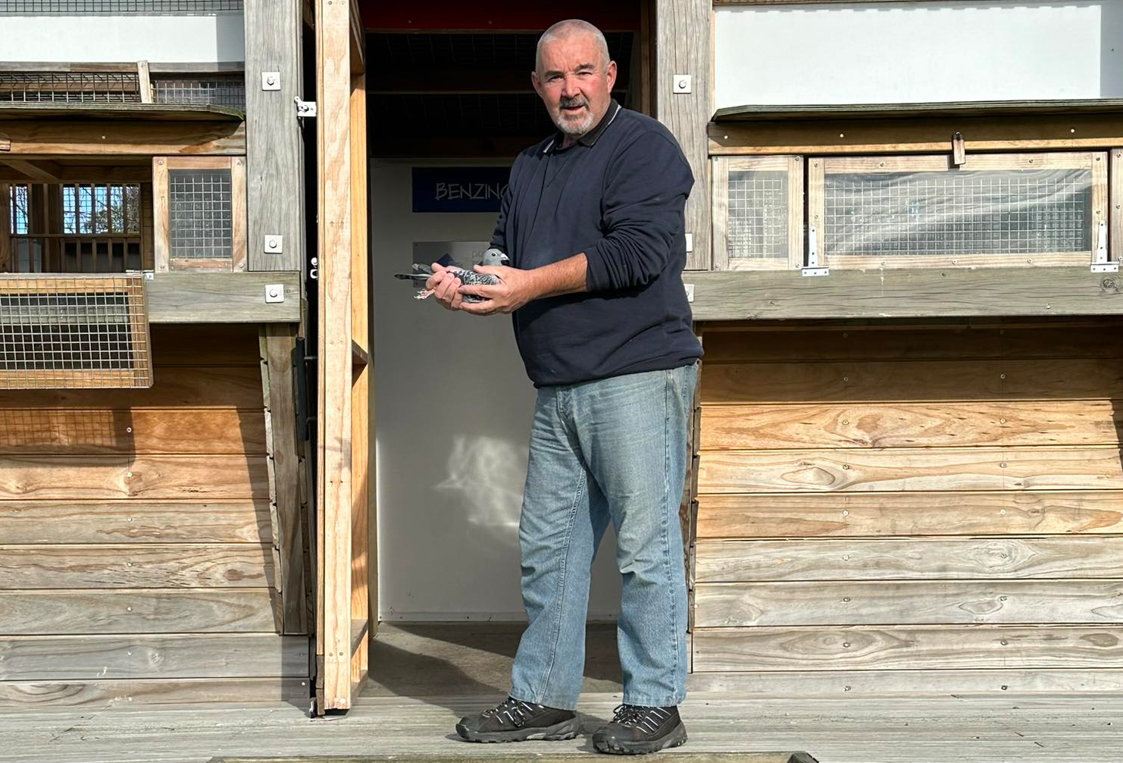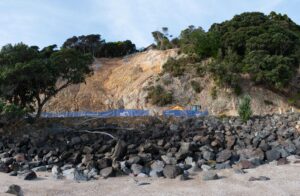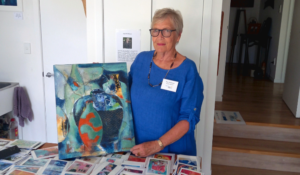It doesn’t matter how far Dave Driver’s birds soar – when they arrive back home “they look like they haven’t been anywhere”.
No matter the flight, they always come home looking sharp.
The 70 year old Ōrongo pigeon breeder and racer is part of the Hamilton Invitational Racing Pigeon Group, which is part of the Waikato Racing Pigeon Federation alongside four other clubs. However, Dave said the biggest group in the North Island was the Auckland Racing Pigeon Federation.
Every two years the Auckland federation holds a young bird race from Raumati, Wellington, called the Auckland Young Bird National, and this year the Waikato Federation was invited to compete.
Not only did the Waikato fanciers get a shot at racing against the Auckland league at the competition in May – but Dave also took out the top spot and title of Auckland Young Bird National winner for 2024.
Dave told The Profile his birds “did me proud”.
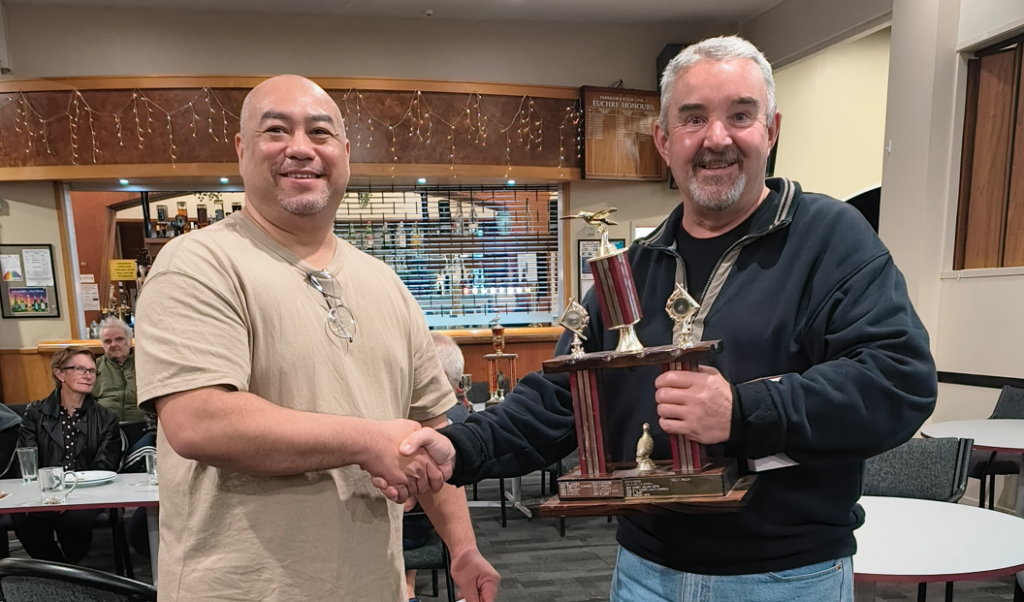
His top pigeon snapped up first place for its 414 km flight from Raumati, back to its loft in Ōrongo, with a time of five hours, 43 minutes and two seconds, and a top speed of 1207 metres per minute. The speed is determined by dividing the time taken for the birds to fly home by the distance travelled, he said.
But it wasn’t just the number one spot Dave’s birds managed to clinch. Of 17 birds he had in the competition, he had the top nine positions for the overall race, which he said had never been achieved before. When the pigeons arrive back to the loft after a race, they cross over a boundary line on the property which is synchronised with an electronic chip in a small aluminium ring around the bird’s leg called a life ring.
While Dave said it wasn’t a common thing for a group of racing pigeons to land back together, “it is for me”. “A lot of guys, they’re happy just to get one home,” he said.
Dave said he enjoyed all the birds being in good condition because “that’s the major part of it”.
Training the pigeons to race was something that started from about three weeks after they hatched, he said. He put the pigeons outside on a landing board in front of the loft, he said.
“And then what they do is they home themselves into that place, so they know that that’s home.”
Dave said it was also a “food thing” to start with so he needed to “keep them a little bit hungry”, and would let them out everyday at a reasonable time, and made sure there were no strong winds.
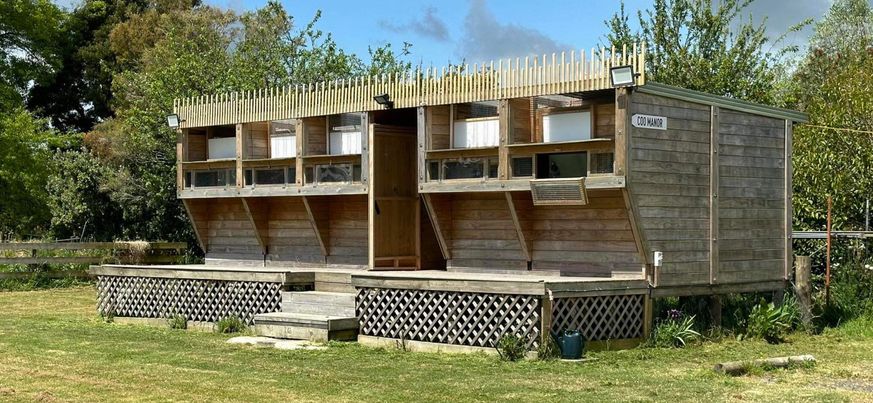
Once the pigeons had done this five times they would start to find their wings, he said, and they’d fly around in half circles then land back on the landing board.
Around six weeks old, Dave said his pigeons would start “taking off” and flying around the neighbourhood, and once they got to 12 weeks old – “they’re all flying in a group”.
Dave said the pigeons would take off north and then come back from the south, or they’d take off out west and head back from the east direction. And sometimes, depending on how fit they were, they’d stay away from the loft up to an hour and a half, he said.
“[They’re] just exercising, finding their way home.”
The process of getting them used to being in a carrier box would begin, and after five times he would leave them in it overnight so they knew it was a safe place, he said.
From there, Dave said he would take them down the road to Ngatea a couple of times to fly home.
After that, Dave would introduce them to “tosses”, which was another term for training flights, he said, which were up to 15 kilometres away from the loft. “I make sure that there’s no headwinds or sidewinds or whatever. I make sure that the wind’s going to be blowing them towards home,” he said.
But once they got the idea, “once the penny’s dropped” he would increase the distance and start taking them to Morrinsville, which is 42 kilometres, Tauwhare which is 65 kilometres, and then through to Karapiro, which is 85 kilometres, he said.
He would take them to Karapiro three times, and once they’ve done that – “they’ll find their way home, no problem at all”.
For those interested in getting into pigeon racing, Dave said it requires plenty of time.
“It takes years and years and years to build a team, you might get a bit of success to start with.”

But Dave said it was important to read and learn as much as possible, and “don’t get too passionate” to start with because things didn’t always go to plan.
Dave believed pigeon racing was a minority sport in New Zealand which many kiwis had never heard of. One common attitude around the birds was that they scrounged for food and made messes on window ledges and bridges, he said.
But that didn’t happen in the world of pigeon racing. After decades of selective breeding by passionate fanciers, Dave said there was nothing else anywhere that can do what racing pigeons do – the birds are capable of speeds up to 2000 meters per minute.
“These are athletes of the highest quality.”
